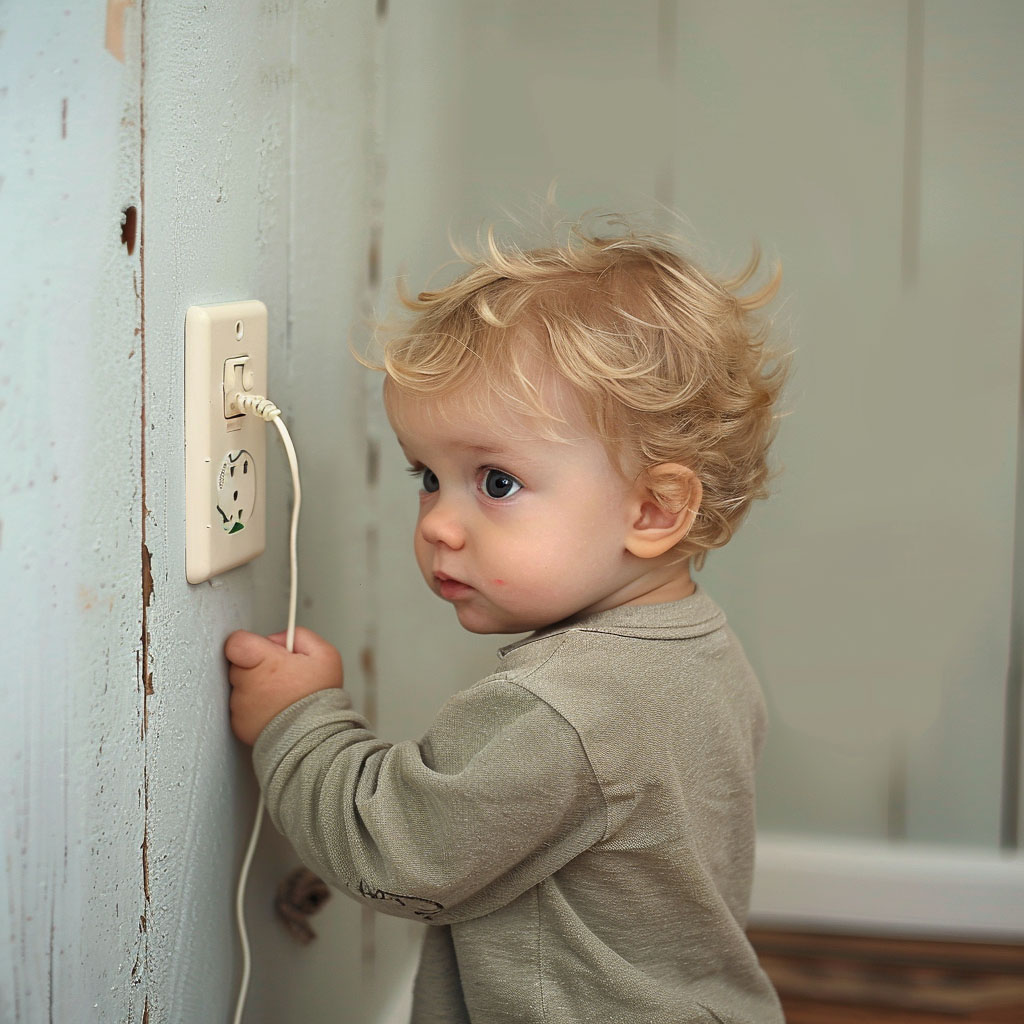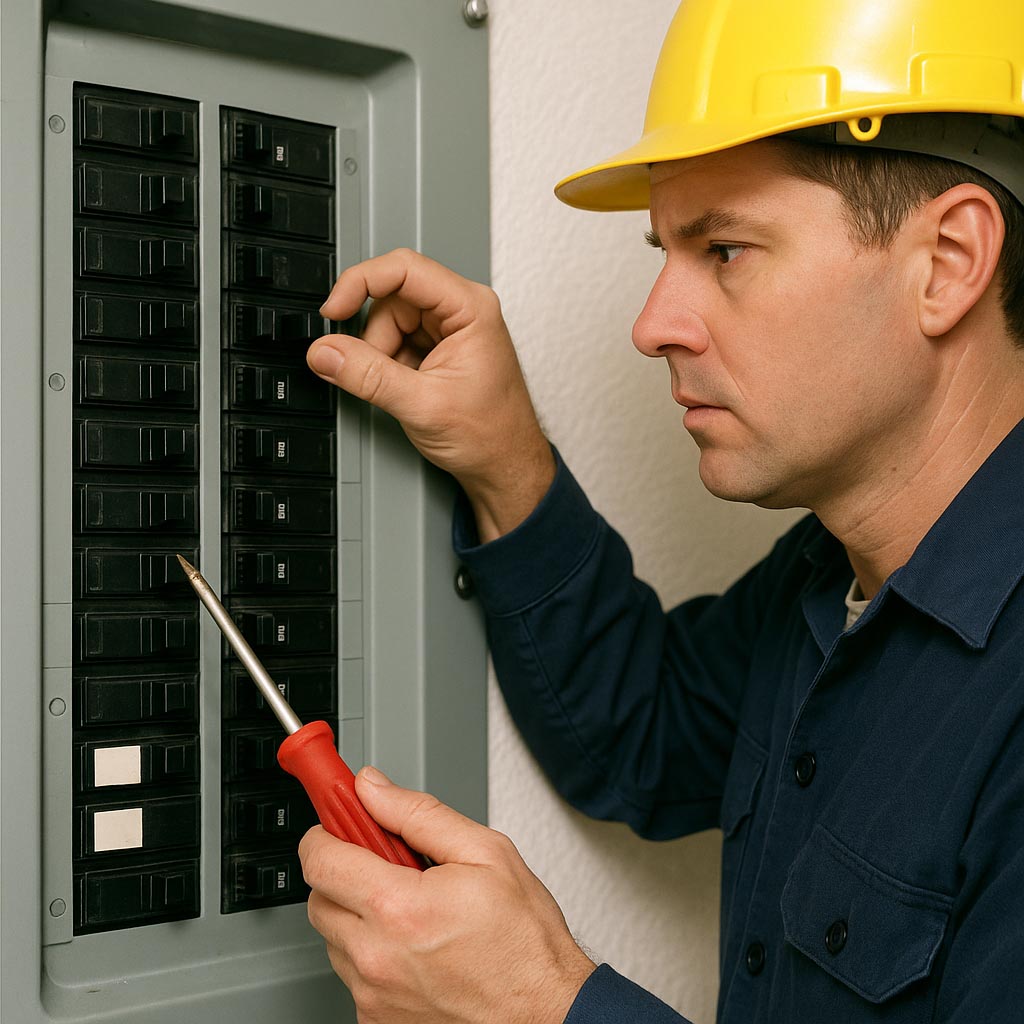Electricity powers our homes and lives, but it also poses risks, especially for young children who may not fully understand its dangers. Teaching kids about electrical safety is essential to keep them safe from accidents while also fostering respect and awareness around electrical devices. Here’s a guide for parents on how to introduce electrical safety in a way that children can understand.
1. Start with the Basics: What is Electricity?
Before diving into safety rules, it’s helpful to give kids a basic understanding of what electricity is. You can explain that electricity is the power that makes things like lights, TVs, and toys work, but it’s also something we can’t see and can be dangerous if not handled carefully.
Use visual aids like diagrams or simple experiments, such as rubbing a balloon to show static electricity, to make the concept more engaging. Let them know that, while electricity is useful, we need to respect it to avoid getting hurt.
2. Set Clear Ground Rules
Children need clear guidelines on what they can and cannot do when it comes to electricity. Here are some essential rules to instill:
- Never touch electrical outlets: Explain that the small holes in the wall are where electricity comes from and can be dangerous. Outlet covers can be used to reinforce this point.
- Keep fingers and objects away from plugs and wires: Kids may not realize that sticking objects into outlets or playing with cords can be extremely harmful.
- Don’t touch electrical devices with wet hands: This simple rule can prevent electric shocks in common household areas like bathrooms and kitchens.
- Always ask an adult for help with plugs: Plugging and unplugging devices can be risky, so make sure they know to ask for assistance.
3. Demonstrate Safe Behavior
Kids learn by example. Show them how to safely handle electrical devices. When you’re plugging in a device or turning off a light, talk them through what you’re doing and why it’s important. For example, you might say, “I’m making sure my hands are dry before I turn on the light because water and electricity don’t mix.”
This real-time learning can help them see that electrical safety is a part of everyday life.
4. Teach Them to Recognize Warning Signs
Children should know what to look out for when it comes to electrical hazards. Teach them to identify common warning signs of electrical problems, such as:
- Frayed or damaged cords: Show them how cords should look and explain why broken ones can be dangerous.
- Hot outlets or plugs: Let them know that if something feels warm, they should alert an adult right away.
- Sparks or buzzing sounds: Explain that these are signs of a problem, and they should avoid touching the device or outlet and get help immediately.
5. Use Fun, Educational Resources
There are plenty of child-friendly books, videos, and online games that teach electrical safety in a fun way. Interactive tools can help reinforce the lessons you’re teaching and make the subject less intimidating. Look for resources from trusted organizations like the National Fire Protection Association (NFPA) or your local power company.
6. Create a Family Safety Plan
In case of an emergency, it’s essential for children to know what to do. Develop a family plan for electrical safety, which includes:
- Knowing where the breaker box is and how to shut off the power (for older children)
- What to do if they see sparks or smell something burning
- Understanding the importance of staying away from downed power lines
Practice these scenarios so your children feel prepared and know how to react calmly and safely.
7. Reinforce Safety Around Electrical Appliances
Many household appliances can be dangerous if not used properly. Teach your children how to handle them safely. For example:
- Microwaves and stoves: Show them how to use these appliances safely, or explain that only adults should operate them.
- Chargers and small devices: Explain that chargers should never be plugged in for too long or near water sources like sinks.
- Toys that use batteries: Teach them not to open battery compartments, as batteries can leak chemicals or even explode.
8. Reward Safe Behavior
Positive reinforcement can help solidify good habits. If you see your child following the electrical safety rules you’ve set, praise them or give them small rewards. This creates a positive association with safe behavior.
Conclusion
Teaching children about electrical safety doesn’t have to be complicated. With clear rules, hands-on examples, and regular reinforcement, you can help your child understand the importance of respecting electricity. By giving them the knowledge and tools they need, you’re ensuring their safety and giving them skills that will last a lifetime.
Remember, safety starts at home, and by making electrical safety a priority, you’re keeping your family safe and sound.






